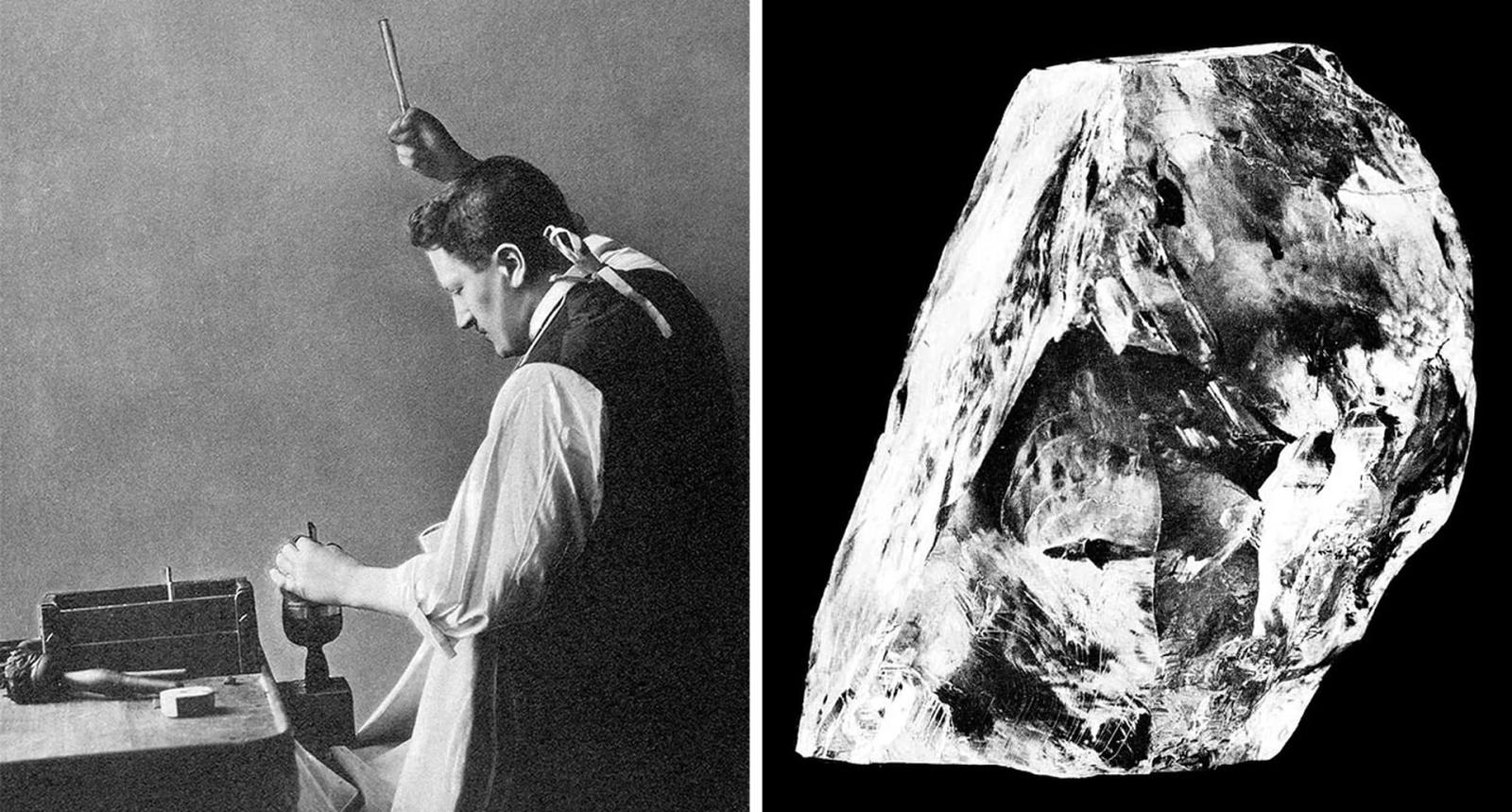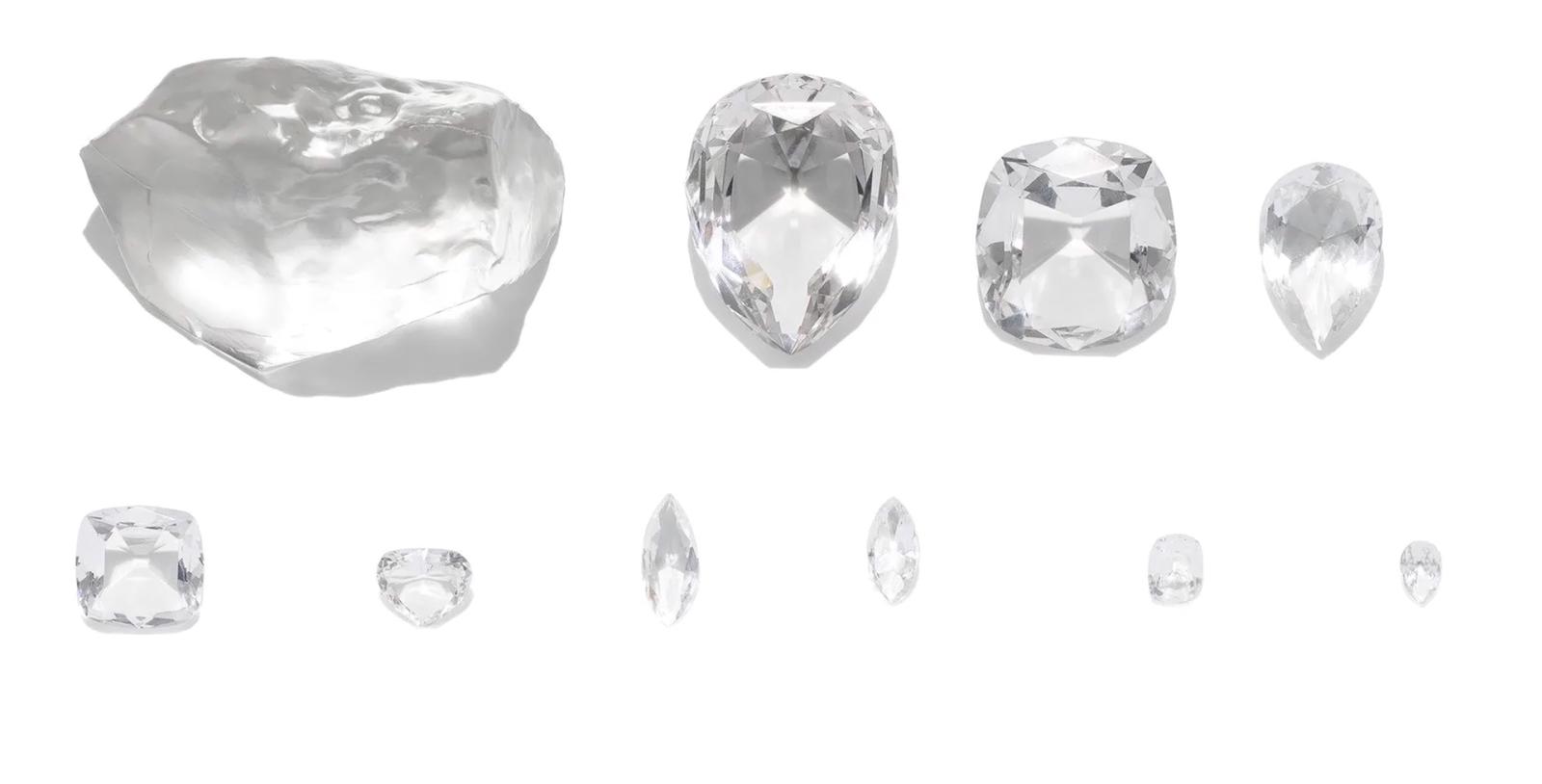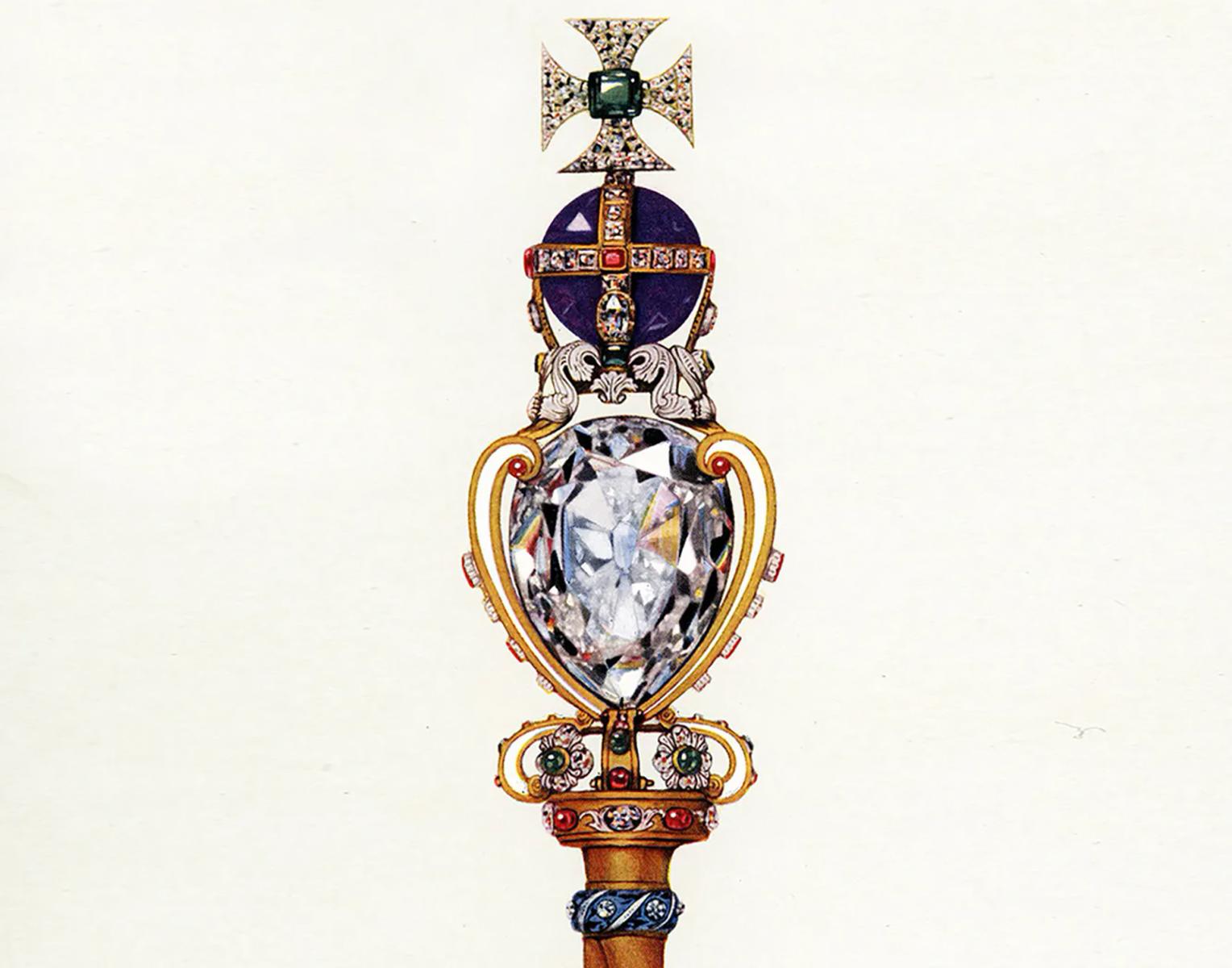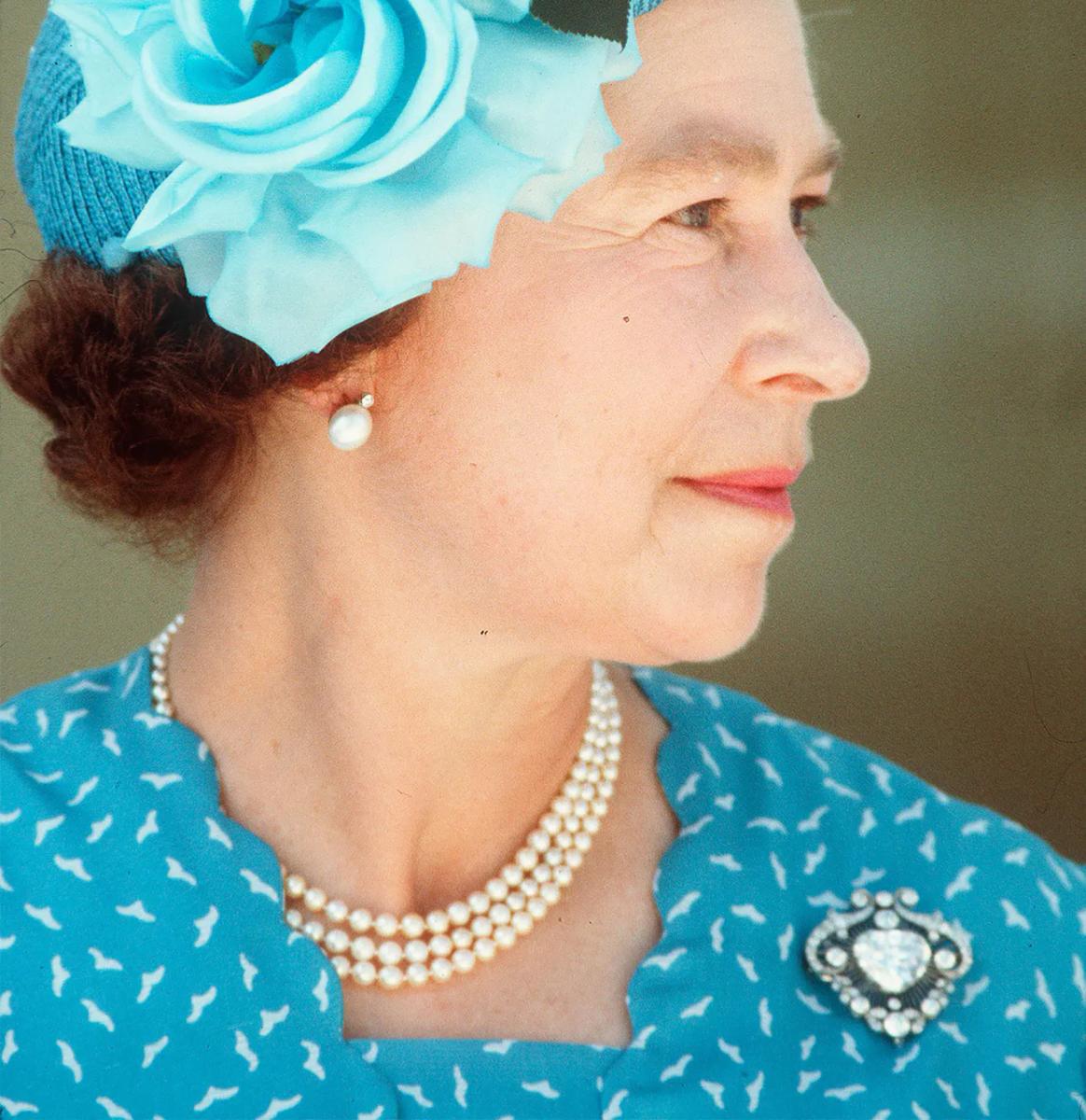Cullinan: The Story Behind the World's Biggest Diamond Elizabeth II Inherited

The Cullinan Diamond and the nine British Crown Jewels cut from it.
Every jewel in the British Crown Treasury is worthy of its own multi-page biography, but the nine diamond jewels created from the world's largest diamond, the Cullinan, have a special history.
The Cullinan's story began in 1905 when the fantastic diamond was found in one of the South African mines owned by the British diamond tycoon Thomas Cullinan. The stone, named after the mine's owner, weighed over 3,000 carats (621.3 grams), was about 10 centimeters high, and had a unique blue-white undertone.
At first, Cullinan's miners could not believe their luck and thought the stone was just another crystal. It would seem that the entrepreneur could make a fortune selling the stone, but the outstanding diamond failed to find a new owner for the following two years.
In 1907, the government of the South African colony of Transvaal, which had purchased the stone, presented the Cullinan to King Edward VII. The King had his doubts but agreed to accept the priceless gift — it is said that Winston Churchill, then Under-Secretary of State for the Colonies, persuaded him to do so.

Joseph Asscher, the most famous jeweler and lapidary of his time, is the namesake of one of the classic diamond cuts. Because the Cullinan had internal cracks, it was impossible to cut a single giant diamond from it. Asscher was faced with an incredibly difficult task: to find a single crack that would split the stone into diamonds of sufficient size and purity. He examined the Cullinan carefully for several months and managed to produce nine shards, named Cullinan I, Cullinan II, etc. — from larger to smaller.

The largest pear-shaped Cullinan I weighs 530.2 carats and is also known as the Great Star of Africa. It was commissioned by King Edward VII to adorn the royal scepter, which is now on display in the Tower of London.
By the way, fans of the BBC series Sherlock should remember the famous scene at the Tower's treasury: actor Andrew Scott as Professor Moriarty was holding a scepter bearing the Cullinan I.

The cushion-cut Cullinan II, weighing 317 carats, took its rightful place in the royal crown. Queen Elizabeth II wore it for the State Opening of Parliament until 2016.
The last Queen of England liked to wear Cullinan III and Cullinan IV as a duo: the 94.4-carat pear-cut and 63.6-carat square-cut diamonds were removed from the crown of Queen Mary, wife of King George V, and joined into a pendant brooch.

Queen Mary used Cullinan VII in the Delhi Durbar Parure: the 8.8-carat diamond fell on the Queen's neck as a marquise-cut drop. At times, Mary replaced Cullinan VII with the larger Cullinan III, but Queen Elizabeth preferred the more modest original version of the jewel.